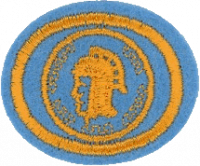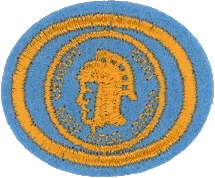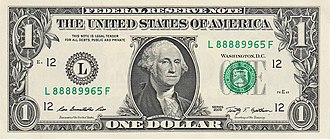Respuestas para la especialidad JA de Numismática para Estados Unidos usados por la Asociación General
1
2
3
4
4a
4b
4c
4d
4e
4f
4g
4h
4i
4j
4k
4l
4m
A blank disc of metal from which a coin is made.
4n
Proof coins use a special process that gives them a shiny, mirror-like background and a "frosted" relief. Proof sets are made every year for all of our circulating coins. Like uncirculated coins, proof coins are not meant to be spent.
4o
The reeded edges still found on many coins (always those that were once made of gold or silver, even if not so now) were originally designed to show that none of the valuable metal had been shaved off the coin. These show up as ridges along the edge of the coin.
4p
The back side of currency or a coin (often called "tails" on a coin).
4q
A particular design or motif used over a period of time. This can used for a single denomination, or in some cases, used for several denominations. The Liberty Seated series encompasses five denominations, the Barber series three, etc.
4r
A representative coin, usually a common date, from a particular issue of a specific design, size, or metallic content of U.S.coinage. For example: the "Mercury Head" dime is a "type" coin, as is the "Lincoln" penny.
4s
A whizzed coin has been wire brushed or burnished, often on a wheel, for the same reason. Whizzing a coin wears down its original surface, reducing its value.
4t
When a coin is made, the blank is placed inside a collar and the coin is struck with a die. Sometimes a very thin piece of metal from the blank will flow out between the collar and the die. This is called the wire edge.
5
| One Dollar Bill | |
|---|---|
6
7
7a
7b
7c
8
8a
8b
8c
8d
Referencias
Nota: Los datos acerca de la moneda de su país pueden obtenerse a partir del Departamento de Tesorería del gobierno.




